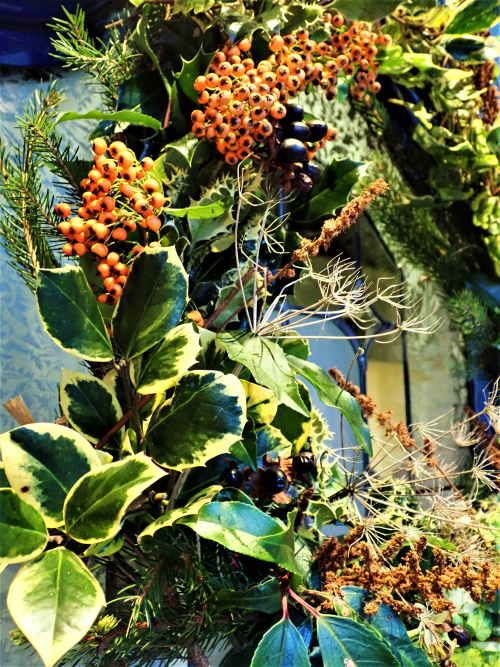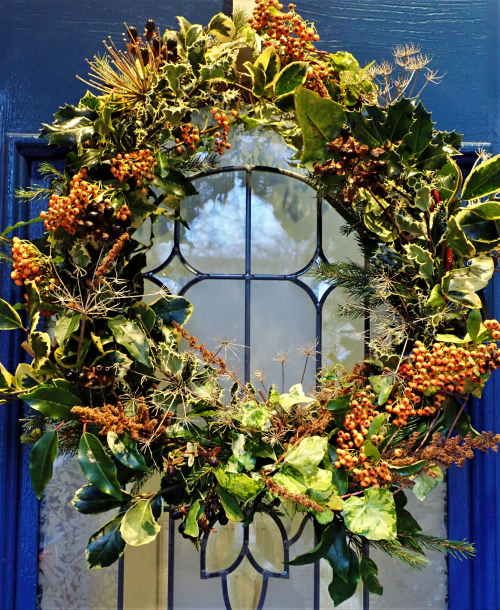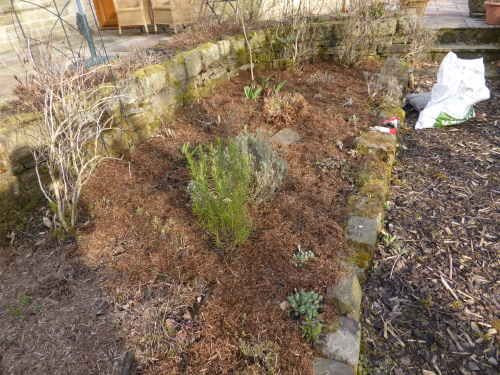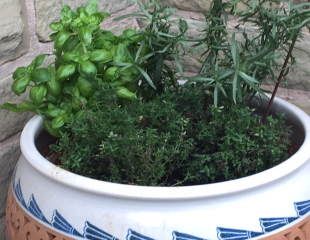Owls in winter
Posted on
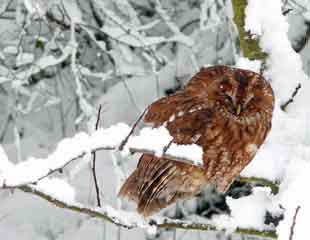 |
In winter Tawny Owls are busy calling and looking for a mate, which means they are more vocal. I am always amazed and delighted to hear Owls. I often hear them but rarely see them. Tawny Owls are the most common of our native Owls and as shown in the image, very beautiful. Tawny Owls tend to live and stay in the same territory which means the pair which live within audio distance of our house can be heard quite regularly. |
|
I have placed on You tube the haunting sound of Owls on a frosty night and is only audio. The reason there is no video footage of the Owls is, (apart from the fact they are hard to spot,) it was pitch dark and nothing to be seen, just the sound of Owls hooting alongside a stream. Have a nature moment and relax to the lovely sounds of Owls. Tawny Owls looking for a mate or to re establish contact with their mate, (they pair for life,) will call out and the familiar sound of to-wit, kewit followed by to-woo, hooo is in fact two Owls, the female first followed by the male response. Only the male makes the familar 'towoooo' sound responding to the female call. If you hear just a single call it is like a male Tawny Owl in search of his mate. |

